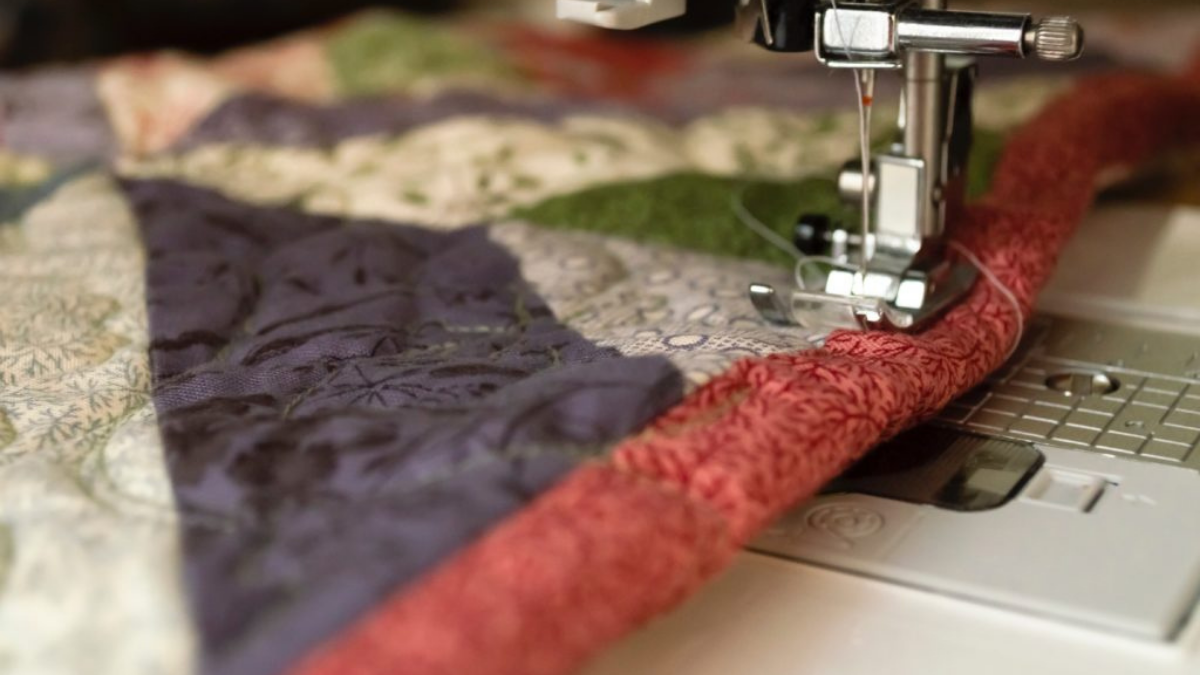In our previous post, we looked at the benefits of weighted blankets. From easing insomnia and improving sleep quality, to helping the elderly, reducing anxiety and managing autism symptoms, the benefits of weighted blankets are seeing them appear more and more in the mass-market.
Beginning Kickstarter for Gravity: The Weighted Blanket for Sleep, which raised over $4 million in pledges, the market only opened up further with bigger retailers stocking more and offering a variety of different brands. What was once considered a fad has become popular to consumers, the amount of companies producing these blankets growing more than double from 2018-2019. With the benefits they hold, it’s no wonder that they have grown in popularity.
But how are they made?
The GHL team are familiar with the manufacturing of weighted blankets and we have covered a few things that you might need to know before producing your own.
Firstly, there are two parts of weighted blankets; the interior and the exterior:
Exterior Cover of Weighted Blankets
The exterior of weighted blankets is usually made with a variety of fabrics such as cotton, bamboo, polyester and faux fur, each holding their own benefits.
Cotton and bamboo, natural fabrics, will generally be cooler for the hotter months, however, there are some high-tech specialised cooling covers that are synthetic that will be even better for breathability. They’ll also be better at keeping you at a good temperature during the night.
Ensuring which fabric you choose is important for providing the best quality weighted blankets, so making sure you choose the right fabric is key.
Weighted Inner
The inner section is where the weighted material is held. To prevent the beads leaking, the material is stored in weighted pockets with a layer of fabric sewn on top of it.
The construction of this section is fairly important and can affect the weight distribution and the durability of a weighted blanket. Higher quality models will usually result in fewer bead leakages and a longer product life compared to a homemade or cheaper manufactured model. So, it is vital that you choose better quality models.
The layer of fabric that is used for the weighted inner section varies between homemade and professionally made models.
The inner sections layer of fabric is usually made from three materials:
- Cotton
- Bamboo
- Polyester
100% cotton fabrics will help keep this section “breathable” to reduce night sweats. Cotton is fairly durable so will last a while if looked after properly – but it is more expensive than flannel or polyester.
As the fastest growing woody plant in the world, Bamboo can grow up to 4 feet per day, making it a great choice for fabric if sustainability is concerned. However, it’s hard to find actual ‘certified organic’ bamboo fabrics. Apart from its fast growth rate, it’s also more breathable than cotton, perfect for hot sleepers.
Bamboo has drawn criticism when it’s made into a wearable fabric due to the process being full of harsh, toxic chemicals. The price is also higher than other fabrics and the fabric isn’t as durable as cotton.
Polyester blankets are the cheapest but aren’t the most breathable fabric to use. It’s also not the best for those with sensitive skin. The benefit, however, is that they will last longer than many other fabrics.Regardless of which fabric you decide to use, there are benefits to each and there are variety used for the outer and inner material for weighted blankets. The most important part is that they all provide the same results to consumers.



